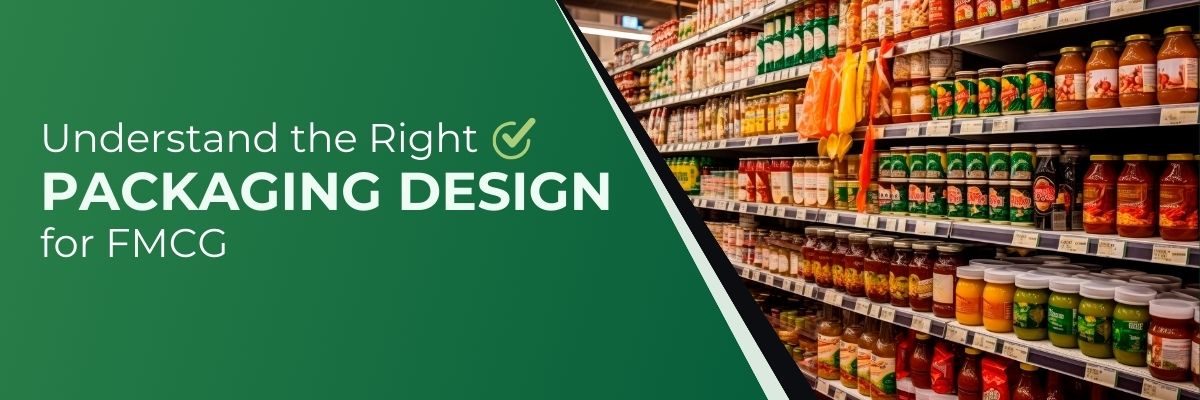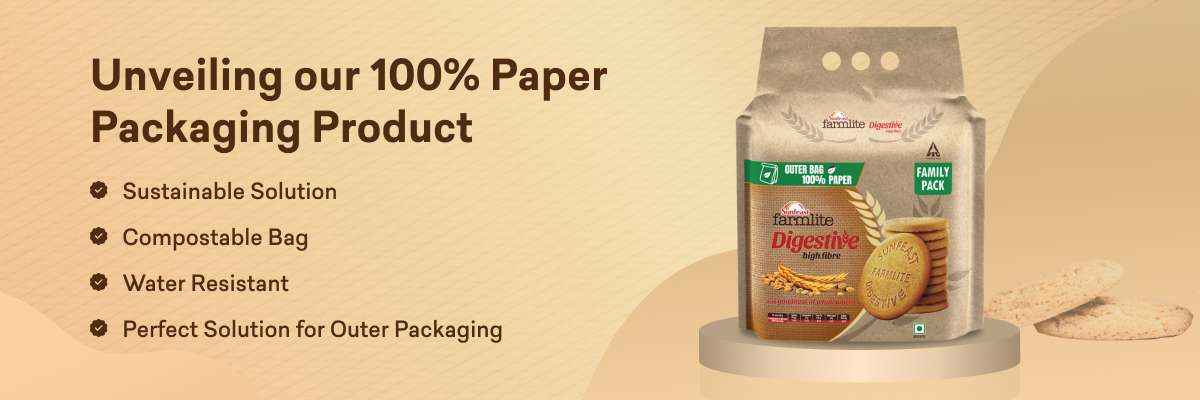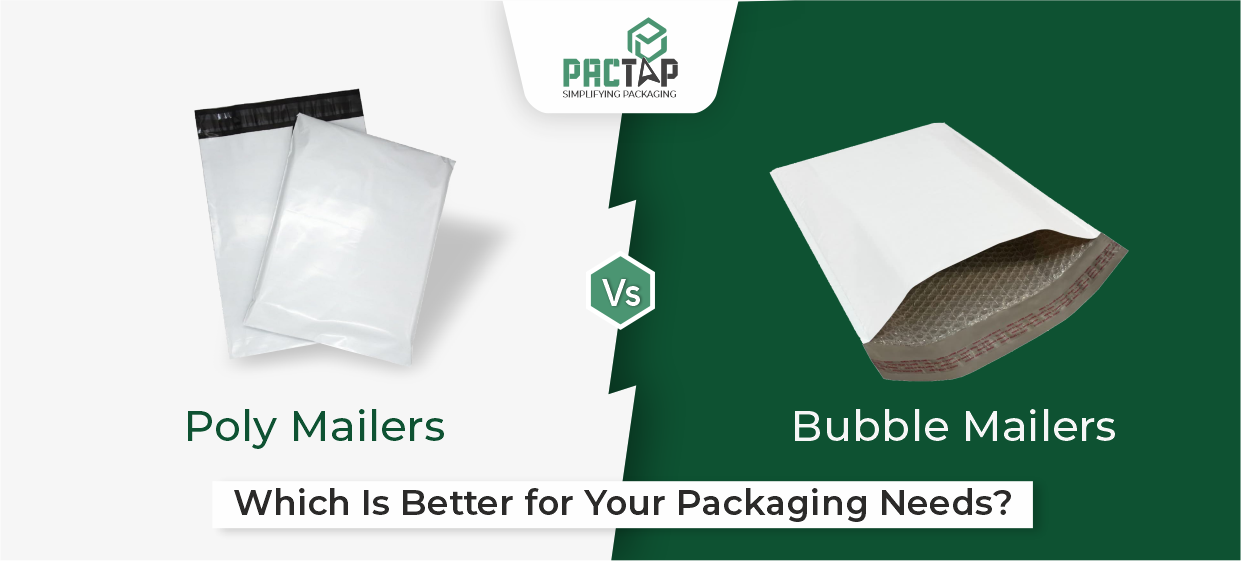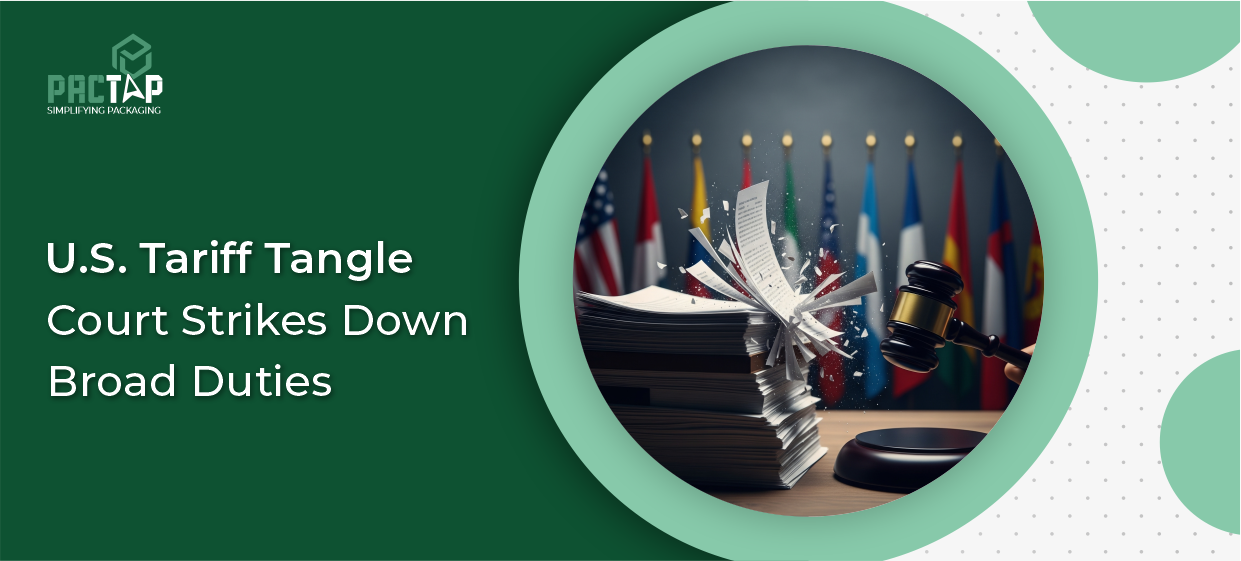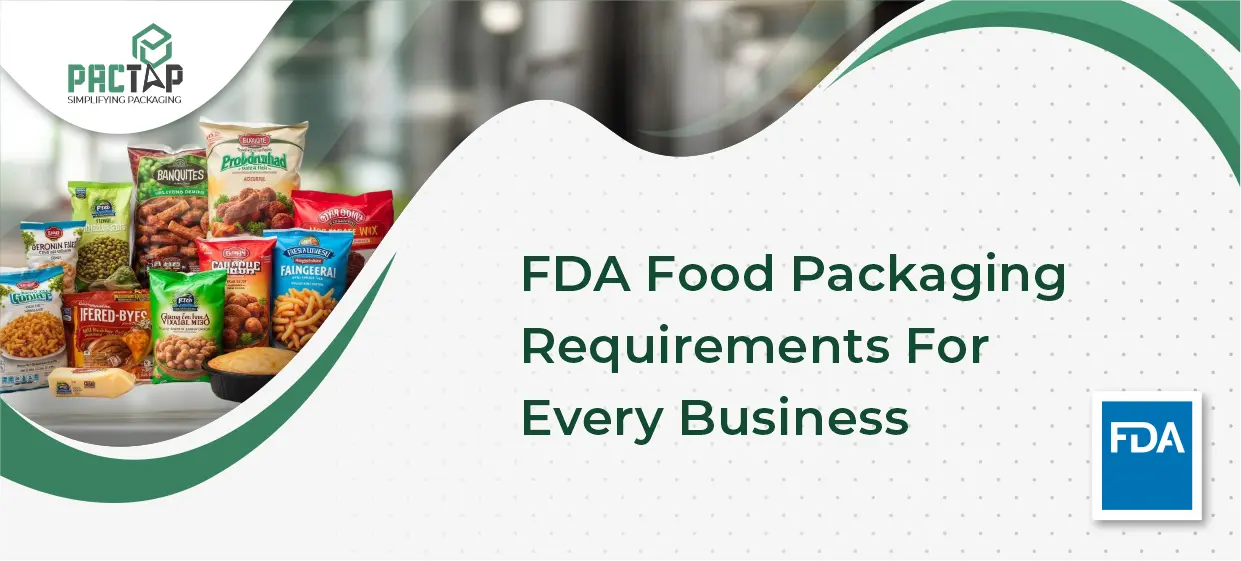Fast Moving Consumer Goods (FMCG) products are the cornerstones of our everyday lives. From the morning cup of coffee to the evening tub of yogurt, these items fill supermarket shelves and constantly vie for our attention. But in a crowded marketplace, how can a brand make its product stand out? The answer lies in a powerful, yet often underestimated, tool: packaging design.
This article delves into the critical role packaging design plays in the FMCG industry. We’ll explore how effective design attracts consumers, communicates brand values, and ensures product safety. We’ll also examine the various materials used in FMCG packaging, considering their advantages and environmental impact.
What can FMCG do in Packaging Design to grab attention in a crowded market?
In a world overflowing with visual stimulation, FMCG packaging needs to be an eye-catching ambassador for your brand. Effective design achieves this by:
- Utilizing Bold Colors and Graphics: Bright colors and captivating visuals instantly draw a shopper’s gaze. Think about the vibrant reds and yellows on a ketchup bottle or the playful cartoon characters adorning a cereal box.
- Creating Clear Brand Identity: Packaging design should reflect your brand’s essence. A minimalist design with clean lines might suit a natural food product, while a product targeting children might benefit from a more playful and colorful approach.
- Optimizing Shelf Presence: Consider the package size, shape, and how it interacts with neighboring products. A unique bottle design or a resealable pouch can help your product stand out.
How does Packaging Design communicate brand values?
Beyond aesthetics, packaging design is a powerful tool for communicating your brand’s values and messaging. Here’s how:
- Highlighting Sustainability: Consumers are increasingly environmentally conscious. Packaging made from recycled materials or featuring clear sustainability messaging resonates with this growing demographic.
- Emphasizing Quality and Freshness: High-quality materials and thoughtful design choices can convey a sense of premium quality and product freshness. For example, glass jars for jams or airtight containers for coffee beans communicate a commitment to preserving the product’s integrity.
- Promoting Functionality and Convenience: Packaging that is easy to open, reseal, or dispose of demonstrates a brand’s understanding of consumer needs.
What does Packaging Design include to ensure functionality in FMCG products?
Effective FMCG packaging goes beyond aesthetics. It needs to be functional, ensuring the product’s safety, protection, and usability throughout its lifecycle. Here’s a breakdown of key considerations:
- Protection: Packaging must safeguard the product from damage during transportation, storage, and handling. This can involve using robust materials like cardboard boxes for cereal or tamper-evident beverage seals.
- Preservation: Packaging materials play a crucial role in maintaining product quality. For instance, vacuum-sealed packaging for meat extends shelf life, while metal cans preserve the integrity of processed foods.
- Usability: Consumers should be able to easily open, close, and dispose of packaging. Resealable containers, easy-pour spouts, and clear instructions enhance user experience.
What are the common materials used in FMCG Packaging?
The FMCG industry utilizes a vast array of packaging materials, each with its advantages and drawbacks:
- Paper and Cardboard: Sustainable, lightweight, and cost-effective, these materials are ideal for cereals, boxes of pasta, and many other dry products. However, they can be susceptible to moisture and require additional protection for delicate items.
- Plastic: Versatile and durable, plastic is widely used for bottles, containers, and films. However, concerns about plastic pollution have led to a growing demand for sustainable alternatives.
- Glass: Inert and aesthetically pleasing, glass is perfect for preserving food and beverages. However, it can be heavier and more fragile than other options.
- Metal: Durable and tamper-evident, metal cans are popular for processed foods and beverages. They offer excellent protection but are not always the most sustainable choice.
- Biodegradable Materials: Compostable or plant-based materials are gaining traction as a more eco-friendly alternative to traditional plastics. While not yet as ubiquitous, their use is on the rise.
How can we balance functionality with sustainability in FMCG Packaging?
Consumers are increasingly demanding sustainable packaging solutions. FMCG companies are responding by adopting a multi-pronged approach:
- Material Innovation: Investing in research and development of biodegradable and recycled materials is key. This includes exploring options like bioplastics derived from plant sources or using recycled plastic content in packaging.
- Design for Recyclability: Packaging should be designed to be easily recyclable by consumers. This involves using clearly labeled materials and avoiding complex structures hindering recycling.
- Reduced Packaging: Minimizing the amount of material used without compromising product protection is another crucial step. This could involve optimizing package size or utilizing more concentrated product formulas.
- Consumer Education: Educating consumers about proper disposal and recycling practices is essential. Clear labeling on packaging and consumer awareness campaigns can play a significant role in achieving a more sustainable future.
What are the legal requirements for FMCG Packaging?
FMCG packaging needs to comply with various regulations depending on the product and geographical location. Staying informed about relevant regulations is crucial for FMCG companies to ensure their packaging is compliant. These regulations typically address:
- Food Safety: Packaging materials must not leach harmful chemicals into the product. Regulations also mandate clear labeling of ingredients and expiry dates.
- Product Labeling: Packaging needs to provide accurate information about the product, including ingredients, nutritional information, and any potential allergens.
- Recycling and Disposal: Regulations may require specific labeling to indicate the recyclability of the packaging material and proper disposal instructions.
How is the future of FMCG Packaging shaping up?
The future of FMCG packaging is likely to be shaped by several key trends:
- Sustainable Packaging Solutions: As the demand for eco-friendly options grows, we can expect to see wider adoption of biodegradable materials, recycled content, and innovative packaging designs that minimize waste.
- Smart Packaging: Emerging technologies like printed electronics and sensors can be integrated into the packaging to track freshness, monitor product tampering, or even provide consumers with interactive experiences.
- Personalization: Advancements in digital printing might allow for customized packaging that caters to individual consumer preferences.
- Transparency and Traceability: Consumers are increasingly interested in the origin and journey of their products. Packaging could play a role in providing this information through QR codes or other interactive elements.
Conclusion
Packaging design is no longer an afterthought in the FMCG industry. It is a powerful tool that grabs attention, communicates brand values, and ensures product functionality. As consumers become more conscious of sustainability, the onus is on FMCG companies to innovate and adopt eco-friendly packaging solutions.
By embracing these trends and prioritizing a balance between functionality and environmental responsibility, FMCG brands can ensure their products stand out on the shelf while contributing to a more sustainable future.
